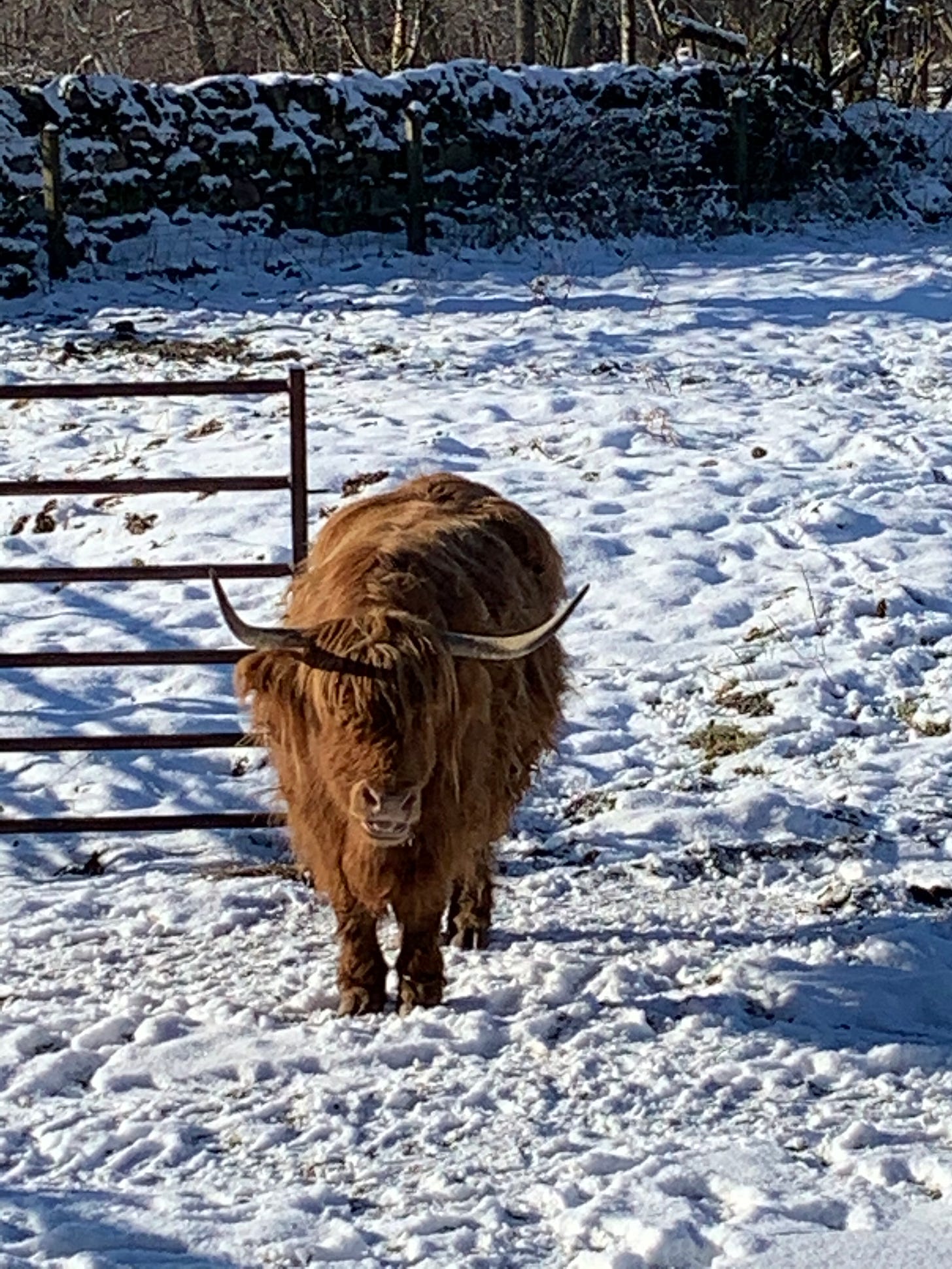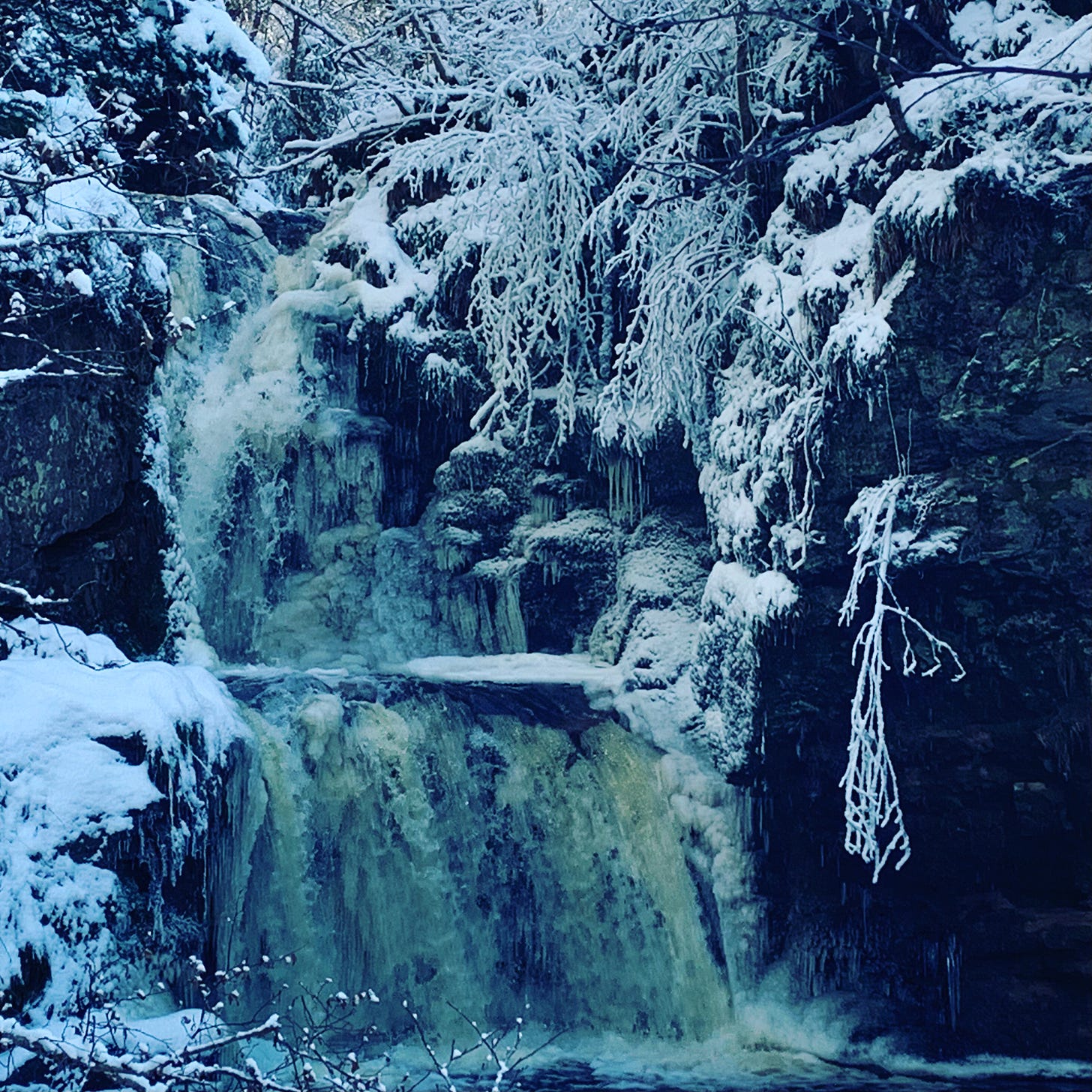As someone who has almost insatiably itchy feet - having somewhere that feels like home is essential. London isn’t home, I wasn’t born here, and even though I can be as impatient and grumpy as anyone at Bank station, I roll my eyes at the entitlement and quite frankly preposterousness of people I meet daily in this city.
Home, to me, isn’t where I was born but it’s where I feel safe and secure, and where I always feel the weight lifting from my shoulders when I arrive. It’s the place I’ve run to when I’m sad, after terrible things have happened, and when I need to let my brain slow down a little.
The place I feel most at home is the north of Scotland, Speyside specifically, and whenever I step off the plane at Inverness airport, knowing that some home-cooked food and a bottle of Wildcat is in my near future, everything feels a little bit more manageable.
Like I say, I wasn’t born there, I grew up in South Tyneside so the only similarity between the North East and Speyside is that both have a river running through them. Instead, my parents moved up when I was at Edinburgh University; close to where my dad grew up and where we spent all of our childhood holidays. I didn't settle in immediately, small villages are parochial, and it’s hard to assimilate at that age into friendships groups that are inherently already in flux as people move away and forge new relationships. After a few years, however, it did feel like home and became somewhere I actively wanted to be.
I finished my degree and like many recent graduates moved back in with my parents. I got a job in the local pub and got really interested in beer, and decided that I’d have a shot at applying to a local brewery. That brewery (although not hugely local) was BrewDog, the “punk” disruptors who were changing the UK beer scene, introducing Real Ale Twats to punchy North American hops, aging 18% beers in barrels on Tayberries, and putting naughty words on bottles (even if the copy was almost verbatim stolen from Stone Brewing).
For me getting this job was astounding, the company was exciting, I was the only woman working in the brewery, and I was really very good at my job. I learned a huge amount, met some wonderful people that I am still very good friends with (though how much of that is trauma bonding I couldn't say) and also had some of the worst times of my life. If you want to hear about my time at BrewDog there is a BBC podcast that I feature in, it’s harrowing listening.
During my three years working at BrewDog I was fortunate enough to be able to go home on weekends. The original brewery was in Fraserburgh, which has the honour of being one of the heroin capitals of Europe. This small fishing town on the Moray Firth coast is home to a lot of well paid trawlermen, who after they’ve bought a white BMW and a new build house need to work out what to spend the rest of their money on. In Fraserburgh this tends to be alcohol or drugs, there is nothing else to do in the town - which is astoundingly run down- and so people turn to substances to stave off boredom before the next trip to sea. Fishing is also phenomenally dangerous, a few half cousins of mine have died after falling overboard a fishing boat in this century, and the proliferation of churches of every denomination in these towns attests to how previous generations dealt with reflecting on their own mortality. Today I suspect many people numb themselves before returning to sea to stave off the very reasonable fear that they may never return.
As you can see, there was very little to keep me in Fraserburgh when I didn’t need to be at work. The drive to Speyside took just over an hour, passing along the coast through Banff and Macduff before arriving in the whisky producing town of Keith with its distillery pagodas letting me know that home was only a few minutes away. In contrast to Fraserburgh, where there are so few trees you can lose track of the seasons, Speyside is green and alive. Red squirrels chase each other in a spiral up ancient Scots pines, gangs of tits and finches manage to get to the ripe berries just before you do, and sometimes more unusual animals, such as pine Martens, can be spotted.
If you like to be outside then Speyside is a dream, you can walk for miles without seeing anyone, and peaceful burns, staggered with waterfalls, will always lead you back to the river. During the fishing season you can watch anglers for hours as they try their luck against the elusive salmon. These days there are fewer and fewer of these magnificent fish, subject to pressures from a changing climate as well as issues from intensive salmon farming. Having this haven away from the sea of stainless steel and hops was essential to surviving a place like BrewDog, and even though I got a generous monthly allowance of beer from work, when I came home I wanted to drink something that allowed me to leave that place behind.
Cairngorm Brewery, just up the road in Aviemore, is decidedly not punk, not disruptive and painfully unsexy. They have a beer call Sheepshaggers Gold, which has somehow managed to evade the drive towards less unpalatable beer names. They put their beer into chunky 500ml bottles and the branding hasn’t seen a huge amount of updating in about 20 years. Despite all this they make my all-time favourite beer, and the beer that I always try to get my hands on whenever I get home.
Wildcat is an amber ale, coming in at 5.1% ABV. The malt bill is clearly made up of a lot of crystallised malts, with a lovely sweetness reminiscent of toasted sugar balancing well with the hop profile. I haven’t got a clue which hops they use, but the beer is wonderful, deeply autumnal, and it has remained unchanged since Speyside became home.
The lack of sex appeal of Cairngorm beers doesn’t mean that they’re not innovative. Trade Winds pale ale is brewed with a high percentage of wheat malt, giving it a slightly green character that is combined with elderflower to excellent effect. I have not come across another elderflower beer as well executed as Trade Winds. Stag is an amber bitter, and White Lady is a Crystal Weisse - a rarely seen style in the UK- brewed with orange peel and coriander. Cairngorm don’t brew daft beer (or beer for kids as I like to call it) but they are making unique and quite unusual beers - with misleadingly traditional branding - in a quiet corner of Scotland that is more well known for a funicular than pretty much anything else.
Part of my love for Wildcat comes from its stability. As a brewer I’ve moved around a lot, I’ve worked abroad, and currently live very far from home. Brewers more concerned with fashions and trends might adjust their beer recipes to include some new hops that have aromas of coconuts or wild strawberries and undergo not infrequent rebrands to stay fresh. Not Cairngorm. Excepting the expected fluctuations inherent in a handmade product, it’s always the same. It’s always there and it’s always delicious. I’ve come off 9 hour flights to a bottle of Wildcat and it makes me feel as grounded and settled as I would had I been there for months.
I’ve never seen a wildcat in the flesh, when my dad was young the ghillies used to shoot them and string them up along fences by the score, but now they’re endangered and seeing one is a privilege.
Sadly for me Cairngorm beers don’t make their way down south very often, and part of me worries that, much like a bottle of wine bought on a sun soaked island, it simply wouldn't taste the same drunk in Clapham as it does by the banks of the Spey. That does mean that for me, whenever I get up there and there’s a bottle of wildcat waiting for me in the fridge, I’ll always truly know that I’m home.








read this whilst at work, looking out the window down at the spey passes by the factory
Lovely piece